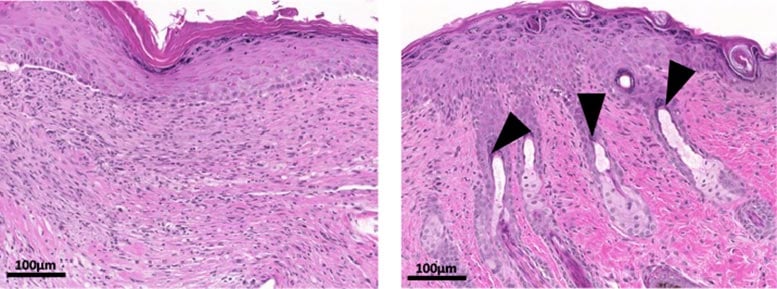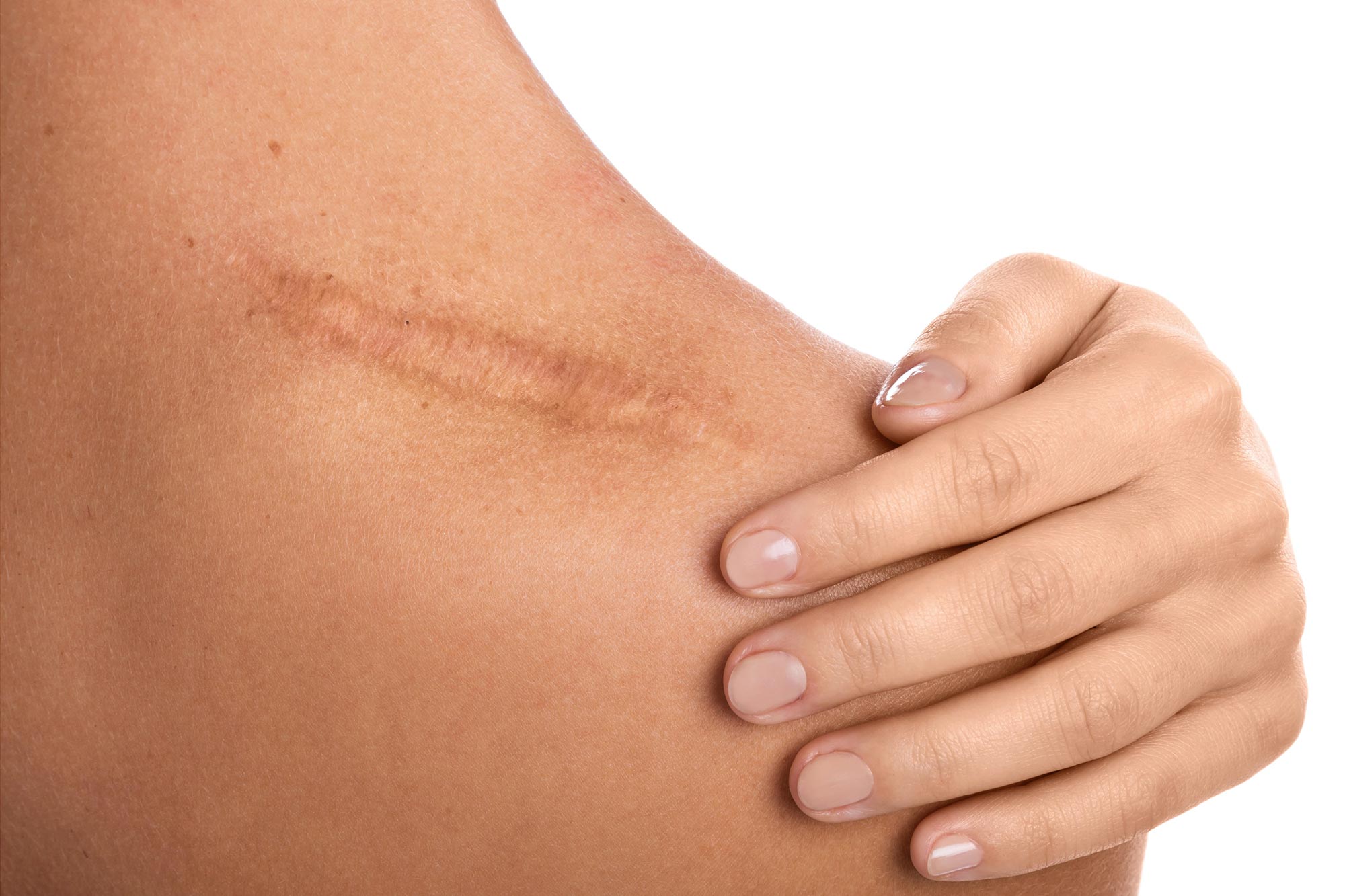Rutgers University researchers have uncovered a protein from gut parasitic worms that accelerates wound healing in mice.
This protein, when applied to skin wounds, not only quickens healing but also enhances skin regeneration and reduces scarring.
Groundbreaking Wound Healing Research
Scientists at Rutgers University in New Jersey have discovered that a protein produced by parasitic worms in the gut enhances wound healing in mice. The study, to be published today (August 23) in the journal Life Science Alliance (LSA), reveals that applying the protein to skin wounds speeds up wound closure, improves skin regeneration, and inhibits the formation of scar tissue. Whether the protein can be harnessed to enhance wound healing in human patients remains to be seen.
Skin wounds must be rapidly closed in order to prevent infection, but rapid wound closure can favor the development of scar tissue instead of properly regenerated skin. The balance between scarring and successful tissue regeneration is strongly influenced by immune cells recruited to the wound site, and many researchers are interested in finding ways to boost the activity of immune cell types that promote regeneration while inhibiting the activity of immune cells that promote tissue scarring.

Role of Parasitic Worm Proteins in Regenerative Medicine
Recent studies have suggested that molecules secreted by parasitic worms might modulate the host’s immune system in ways that promote tissue regeneration. In the new LSA study, a team led by William C. Gause, Director of the Center for Immunity and Inflammation at Rutgers, investigated a protein called TGM that is produced by Heligmosomoides polygyrus, a parasitic roundworm that lives in the intestines of mice and other rodents.
Gause and colleagues found that daily topical applications of TGM accelerated the closure of skin wounds in mice. Moreover, TGM treatment reduced the formation of scar tissue while enhancing skin regeneration. For example, unlike untreated animals, TGM-treated mice were able to form new hair follicles within the wounded region of the skin.
Mechanism and Potential of TGM in Wound Therapy
The researchers determined that TGM works by binding to a signaling protein, called the TGF-b receptor, that is found on the surface of many cell types in mice and humans, including immune cells. TGM treatment appears to stimulate the recruitment of immune cells known as macrophages into wounds and reprograms them to promote tissue regeneration.
“In this study, we have developed a novel therapy for the treatment of skin wounds that favors regenerative wound healing over tissue fibrosis and scarring,” Gause says. “It provides a significant framework for the potential use of an easy-to-produce parasite protein as a therapy to promote cutaneous wound healing.”
Reference: “Helminth protein enhances wound healing by inhibiting fibrosis and promoting tissue regeneration” by Lothstein et al., 23 August 2024, Life Science Alliance.
DOI: 10.26508/lsa.202302249




















Discussion about this post